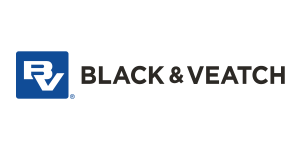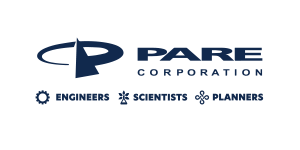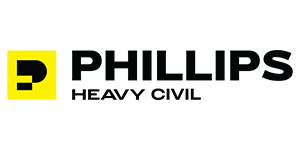Getting Ahead of the Storm: Building Capacity to Respond to Large-Scale Weather-Related Dam Impacts: Agenda
Tuesday, September 9, 2025
12:00 PM - 2:00 PM Eastern
- Part 1
- Get your house in order FIRST THING
- Know who your dam owners are (establishing dam ownership an entirely separate webinar)
- Having accurate contact info for your dam owners (e.g., ReadyOp annual test)
- Having dams correctly classified (mention DSS-WISE Lite)
- Have trained inspectors that are dedicated to only dams, that foster relationships with dam owners, and that maintain institutional knowledge of their dams
- System for tracking dams (know which dams are most vulnerable, which dams can’t be easily accessed or dangerous to access, which dams have overtopping protection, which dams recently underwent construction or repairs, etc.)
- Structure of Dam Safety Program should foster internal relationships/team building
- Get your house in order FIRST THING
- Q&A for Part 1
- Part 2
- Available tools to assist state dam safety program officials leading up to, during, and after an extreme precipitation event
- Data sources
- Local meteorologists, NWS, State EMD,
- DSS-WISE Lite
- GIS tools
- Sensors/Instrumentation
- Effective, timely communication with dam owners/operators, emergency officials, general public, etc. is critical
- Foster supporting relationships (internal, external) - EMAC, EMD, County EMs, USACE, Silver Jackets, federal assistance, non-dam safety staff in your organization
- Organizational and logistical preparedness
- Pre-assigned roles (ICS or otherwise)
- GIS/IT experts available
- Trained pool of staff (and/or contractor) to augment field teams
- Pre-Hurricane Season activities (May each year)
- Adaptability in procedures
- e.g. Governor McMaster’s Executive Order to dam owners prior to Hurricane Irma in 2017
- Establishing triggers to respond – think widespread vs isolated incidents, individual triggers for sub-sets of dams or individual dams
- Extreme Rainfall Protocol
- Can mention current project to develop a watershed (areal)- and QPF (temporal)-informed protocol
- Identify best practices from other states (if any exist)
- Making the most of funds (state assistance grants)
- Contractors
- Consider establishing a state pot of money to tap into if event isn’t federally declared
- Equipment and supplies for dewatering reservoirs (siphon parts - especially special-order parts, generators, pumps, work lights, etc.)
- The value of documentation (historical, during event, following event)
- FEMA reimbursement
- Enforcement/Legal
- Available tools to assist state dam safety program officials leading up to, during, and after an extreme precipitation event
- Q&A for Parts 1 and 2

































